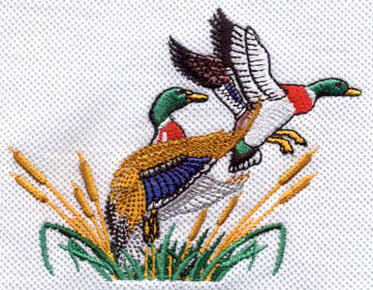From Pixels to Perfection: Unveiling the Art of Transforming Photos into Vector Masterpieces
In the realm of digital artistry, a captivating evolution has taken place—one that seamlessly blends technology with creativity, turning ordinary photos into timeless masterpieces. Enter the fascinating world of transforming photos into vector graphics, where pixels are meticulously reshaped into sleek, scalable artworks. In this blog, we embark on a journey through the art of converting photos to vectors, exploring the intricacies, applications, and magic that unfold when technology meets artistic expression.
The Art of Converting Photos to
Vectors:
At its core, the process of transforming photos into vector graphics is an intricate dance between art and technology. Unlike traditional raster images composed of pixels, vector graphics are defined by mathematical equations that create smooth lines and shapes. The beauty of this transformation lies in its ability to produce images that can be resized infinitely without compromising quality—a trait that makes vectorization a popular choice in various creative fields.
One of the primary techniques employed in this process is image tracing. Sophisticated algorithms analyze the colors, shapes, and contours of a photo, converting them into precise vector paths. This not only preserves the essence of the original image but also grants artists the flexibility to manipulate and enhance the vectorized version.
Applications Beyond the Canvas:
The transformative power of converting photos into vector masterpieces extends far beyond the boundaries of digital canvases. From graphic design and branding to animation and beyond, the applications are as diverse as the artists who wield this digital alchemy.
In the world of branding, vectorization offers a unique advantage. Logos, icons, and other brand elements can be created or refined with precision, ensuring a consistent and professional look across various platforms. The scalability of vector graphics makes them ideal for anything from business cards to billboards, adapting seamlessly to different sizes without losing clarity.
Moreover, the animation industry has embraced the art of converting photos into vectors to breathe life into characters and scenes. The versatility of vector graphics allows animators to manipulate and animate images with fluidity, creating visually stunning productions that captivate audiences.
The
Intersection of Art and Technology:
The convergence of art and technology in the realm of photo-to-vector transformation is a testament to the dynamic nature of the creative process. While algorithms pave the way for precision and efficiency, the artist's touch remains paramount in infusing emotion, style, and intention into the final masterpiece.
Tools and software dedicated to vectorization have become increasingly user-friendly, empowering artists of varying skill levels to explore this transformative art form. From Adobe Illustrator to specialized vectorization software, these tools serve as the virtual palettes on which digital artists craft their visual symphonies.
The Rise of Vector Art in Pop
Culture:
Vector art has transcended the boundaries of niche design communities and has become a prominent player in pop culture. The sleek, clean lines characteristic of vector graphics resonate with modern aesthetics, leading to their widespread adoption in various forms of media.
In the realm of fashion, vectorized designs have found their place on clothing, accessories, and even footwear. The adaptability of vector art allows designers to experiment with patterns and shapes, pushing the boundaries of conventional fashion.
In the digital age, social media platforms have become virtual galleries for vector artists to showcase their work. From intricately detailed portraits to vibrant landscapes, the diverse array of vectorized creations has carved out a space for itself in the ever-evolving landscape of online visual content.
Challenges
and Triumphs:
While the process of transforming photos into vector masterpieces opens up a world of creative possibilities, it is not without its challenges. Complex images with intricate details can pose difficulties for algorithms, requiring artists to intervene manually and fine-tune the vectorization process.
However, these challenges are met with triumphs as artists harness the power of vector graphics to breathe new life into their visions. The ability to experiment, iterate, and refine without sacrificing quality empowers artists to push the boundaries of their creativity.
Conclusion:
A Fusion of Innovation and Imagination:
In the transformative journey from pixels to perfection, the art of converting photos into vector masterpieces stands as a testament to the fusion of innovation and imagination. This digital alchemy not only reshapes images but also redefines the possibilities within the realms of design, branding, and visual storytelling.
As technology continues to advance, the
synergy between art and algorithms will undoubtedly lead to even more
awe-inspiring creations. The canvas of the future is boundless, and the artists
who wield the magic of photo-to-vector transformation are at the forefront of
this captivating evolution in the world of visual arts.



